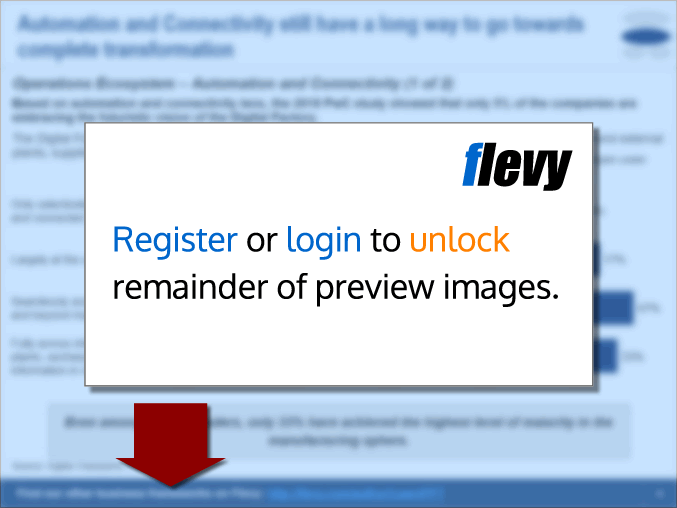Educational Courses: Scaling Capacity Financial Model (Excel XLSX)
Excel (XLSX)
VIDEO DEMO
BENEFITS OF THIS EXCEL DOCUMENT
- Forecast revenue and expenses plus an option for exit strategies.
- Produce a robust 10-year pro forma for educational classes.
INTEGRATED FINANCIAL MODEL EXCEL DESCRIPTION
Starting an educational classes business can be a fulfilling endeavor with the potential for significant personal and financial rewards. However, it also comes with challenges and risks.
This template will make it easier to run a financial feasibility analysis to test the economics of running something small (low class count) and scaling up over time. The user can configure up to 3 course types with assumptions about capacity, growth over time, course pricing, course costs, and more.
Here are some pros and cons to consider in the educational business space:
Pros:
Growing Demand for Education: There's a constant demand for education and skill enhancement, which can lead to a sustainable and growing business if positioned well.
Flexibility: You can start small, perhaps focusing on a niche area of education, and grow as demand increases. You can also adapt the curriculum and teaching methods to current trends and needs.
Digital Opportunities: With the rise of e-learning, there are opportunities to reach students globally through online platforms, which can significantly reduce physical infrastructure costs.
Personal Satisfaction: There is a high level of personal fulfillment in contributing to the education and development of individuals.
Scalability: Once a successful teaching model is established, the business can be scaled up to accommodate more students or to offer a wider range of subjects.
Diverse Revenue Streams: Beyond just course fees, there are possibilities for creating study materials, online resources, consulting, and even franchising.
Cons:
Initial Investment: Depending on the scale, there can be a significant initial investment in hiring qualified staff, leasing space, obtaining equipment, and marketing.
Regulations and Accreditation: Educational services often face strict regulations, and gaining accreditation can be a lengthy and complicated process.
Competition: The market for educational services is highly competitive, with many established players and new entrants, making it challenging to differentiate your offerings.
Quality Control: Maintaining high educational standards requires continuous effort and can be difficult to manage as the business grows.
Marketing Costs: Attracting students can be costly, especially in a competitive market, and requires effective marketing strategies.
Economic Sensitivity: During economic downturns, education businesses can suffer as individuals and corporations cut back on non-essential spending, including education and training.
Technological Investment: Keeping up with the latest educational technology to enhance learning can be expensive and requires ongoing investment.
Dependence on Human Capital: The success of an educational business often hinges on the quality of its educators, making recruitment and retention of talented staff crucial.
Starting an educational classes business requires careful planning, a clear understanding of the market, and a commitment to providing quality education. It's essential to weigh these pros and cons in the context of your specific situation, resources, and goals.
Instructional video included in file.
Got a question about the product? Email us at support@flevy.com or ask the author directly by using the "Ask the Author a Question" form. If you cannot view the preview above this document description, go here to view the large preview instead.
Source: Best Practices in Integrated Financial Model Excel: Educational Courses: Scaling Capacity Financial Model Excel (XLSX) Spreadsheet, Jason Varner | SmartHelping
This document is available as part of the following discounted bundle(s):
Save %!
Industry-specific Financial Models (40+)
This bundle contains 62 total documents. See all the documents to the right.









